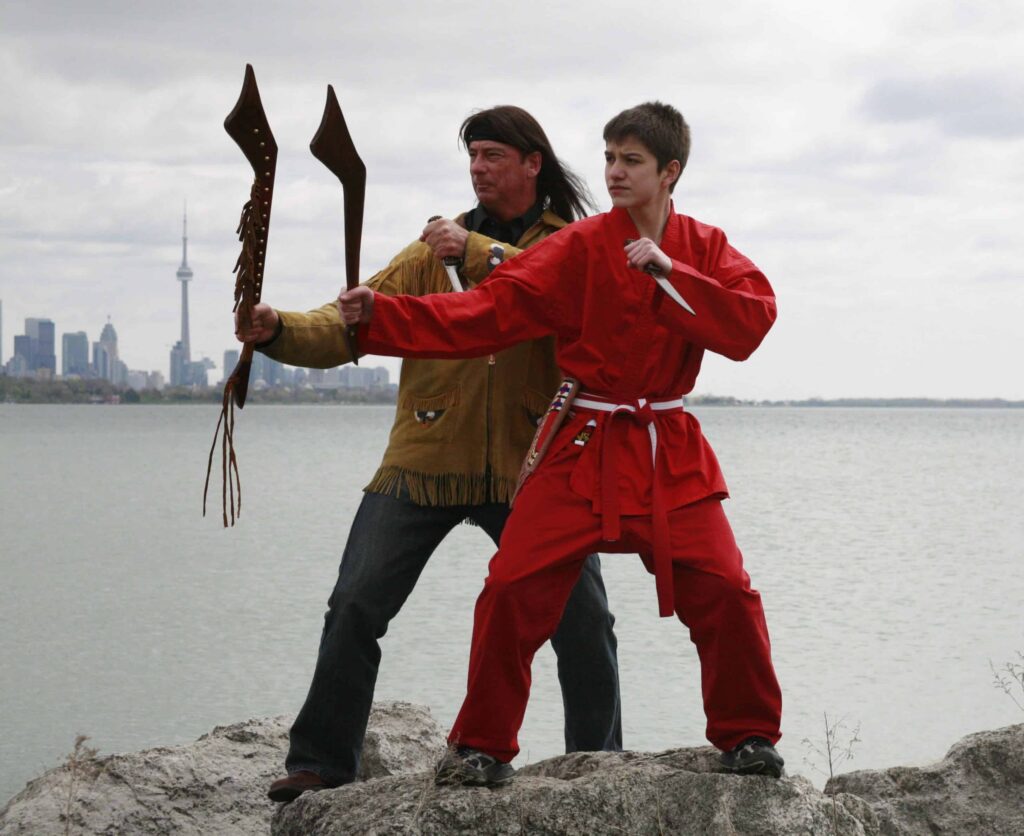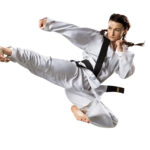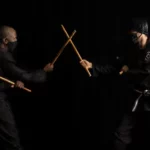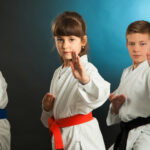Considered to be “indigenous” in its origin is a North American martial art form known as Okichitaw. This “eclectic” form of combat is said to have originated from Toronto located in Canada, and was created by George J Lepine, a Canadian martial artist. This form of martial art basically takes a more “direct and committed” approach to physical combat. Furthermore, the “Okichitaw” was first officially publically introduced by Lepine himself as a martial art form during the “Chungju World Martial Arts Festival” in the year 2002.
History/origin of the Okichitaw:
The founder of Okichitaw, George J Lepine is said to have mastered several martial arts forms such as judo, taekwondo, and hapkido. However, it was in the year 1997 that Lepine first developed this martial art form and officially established it as a part of the Canadian culture. Furthermore, it was in 2002 that Lepine officially introduced this martial art form to the world during the Chungju World Martial Arts Festival that is held in South Korea annually. In addition, this form of martial art was based more on a principle that encourages a more “direct and committed” approach to physical combat. The founder Lepine essentially combined elements of martial arts belonging to the native “Indian” community to create Okichitaw. What he also managed to do, was to use all the knowledge he had obtained about various martial arts over a period of 40 years and “codify and systemize” the “Okichitaw” way of fighting.
Weapon used in the Okichitaw:
The major weapon used in the Okichitaw is the “Gunstock war club” known in the native indigenous community as “nontoni towin mistik”. In addition, a Tomhawk (i.e. a single handed axe), short and long lance, and plain daggers may also be used in this form of combat.
Technique involved in the Okichitaw and training availability:
In terms of technique, a fighter essentially uses moves such as pulling, tripping, or throwing to defeat an opponent. Furthermore, this form of martial art essentially lays emphasis on speed, the body weight of the fighter, and aggressive use of applied mechanics. As for training centers/schools, there are number available around the world for those interested in acquiring knowledge in this “eclectic” Canadian martial art form.
image credit ')}







